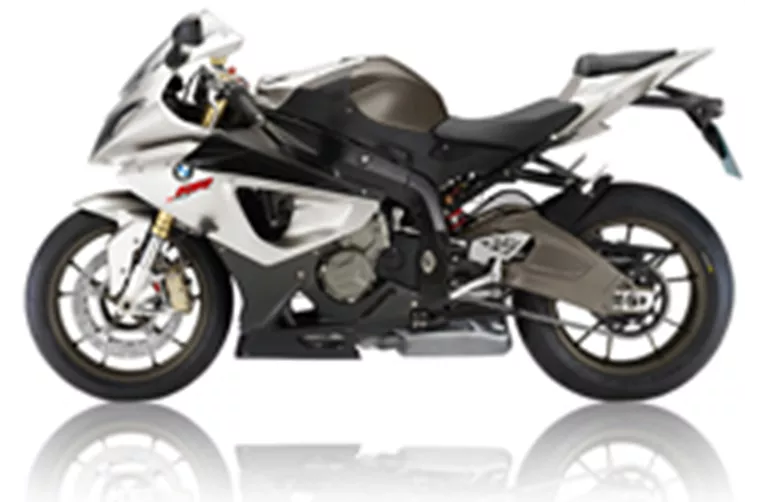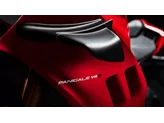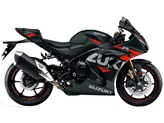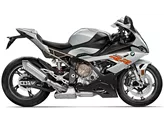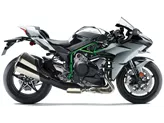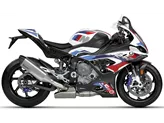BMW S 1000 RR 2010 vs. Suzuki GSX-R 1000 2010

BMW S 1000 RR 2010

Suzuki GSX-R 1000 2010
Overview - BMW S 1000 RR 2010 vs Suzuki GSX-R 1000 2010
The BMW S 1000 RR 2010 and the Suzuki GSX-R 1000 2010 are both supersport motorcycles with similar engine types, displacement, and front and rear tire widths. However, there are several key differences between the two models.
In terms of engine specifications, the BMW S 1000 RR 2010 has a slightly larger bore and stroke compared to the Suzuki GSX-R 1000 2010. This results in a higher engine power output of 192 HP for the BMW compared to 185 HP for the Suzuki. The BMW also has a higher torque of 112 Nm compared to 116.7 Nm for the Suzuki. Additionally, the BMW has a higher compression ratio of 13 compared to 12.8 for the Suzuki.
Both motorcycles feature an aluminum frame, but the BMW has a twin tube frame type while the Suzuki has a twin-spar frame type. The choice of frame type can affect the overall handling and stability of the motorcycle.

BMW S 1000 RR 2010
In terms of braking technology, both motorcycles have double disk brakes with radial technology at the front. This ensures efficient and powerful braking performance for both models.
When it comes to dimensions and weights, the BMW has a slightly longer wheelbase of 1432 mm compared to 1405 mm for the Suzuki. The seat height of the BMW is also slightly higher at 820 mm compared to 810 mm for the Suzuki. However, the Suzuki is slightly lighter with a kerb weight of 203 kg compared to 204 kg for the BMW. Both motorcycles have a fuel tank capacity of 17.5 liters.

Suzuki GSX-R 1000 2010
Now let's discuss the strengths and weaknesses of each motorcycle. The BMW S 1000 RR 2010 is known for its superior performance and well-functioning driving aids. It is a very fast motorcycle and offers optimal value for its price. On the other hand, the BMW has some weaknesses including agility, complicated handling, and braking stability. The high weight of the BMW can also be a disadvantage in certain situations.
The Suzuki GSX-R 1000 2010, on the other hand, has a strong engine and offers convincing stability. It also provides efficient wind protection and appropriate performance. However, the Suzuki has some weaknesses including a poor suspension strut, too softly tuned chassis, slight inertia, and a gearbox that could be better.
In conclusion, the BMW S 1000 RR 2010 and the Suzuki GSX-R 1000 2010 are both powerful supersport motorcycles with their own strengths and weaknesses. The BMW offers superior performance and well-functioning driving aids, while the Suzuki provides a strong engine and convincing stability. Ultimately, the choice between the two models will depend on the rider's preferences and priorities.
Technical Specifications BMW S 1000 RR 2010 compared to Suzuki GSX-R 1000 2010
Pros and Cons in comparison
Pros and Cons in comparison
BMW S 1000 RR 2010
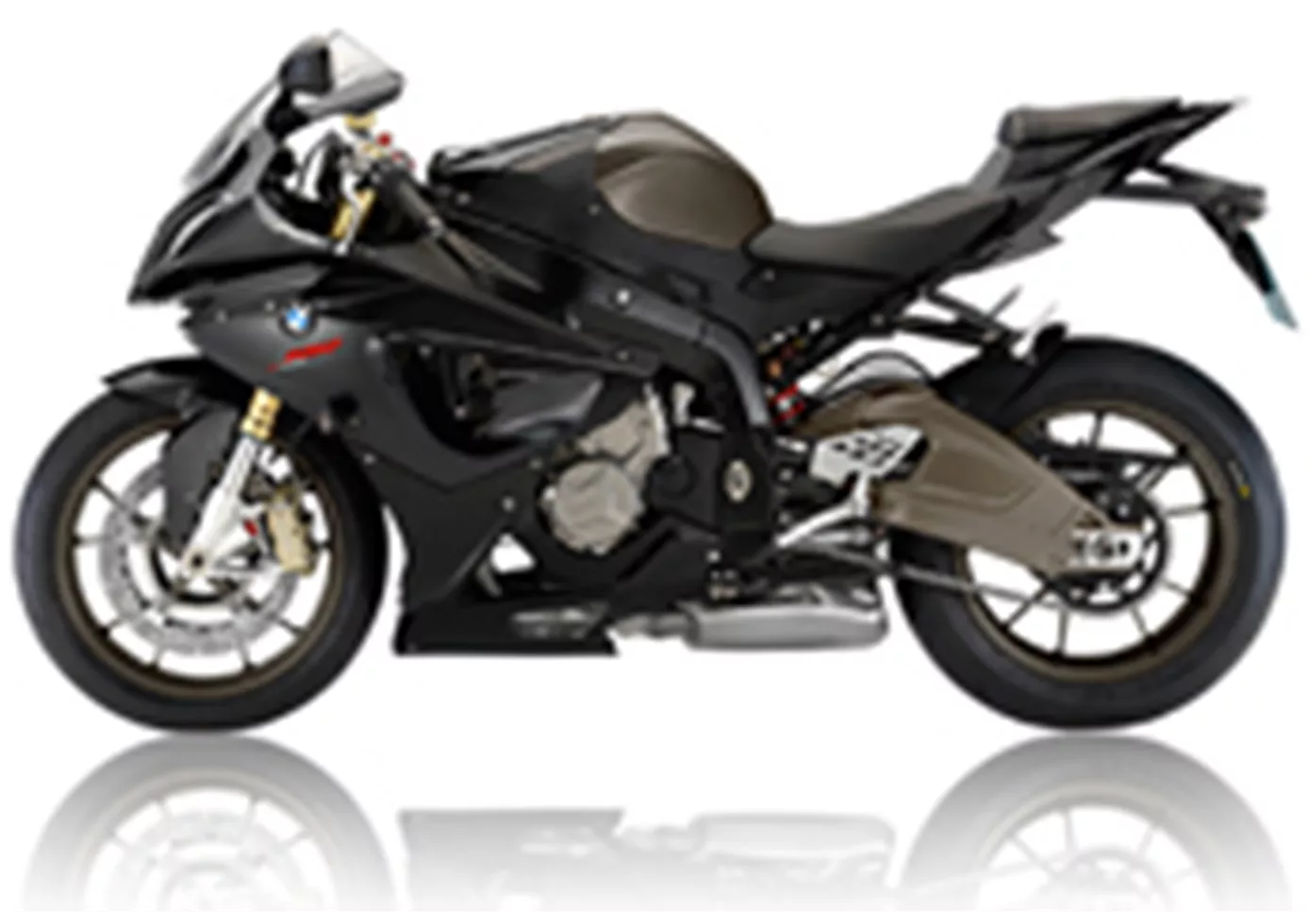
Za to můžeme poděkovat přísnému a nemilosrdnému příkazu šéfa. Než S 1000 RR opustí továrnu, probíhají náročné kontroly výkonu. V BMW nechtěli ukázat ruku a riskovat, že by se do médií dostala byť jen jedna neuspokojivá zpráva z testovací stolice.
Suzuki GSX-R 1000 2010
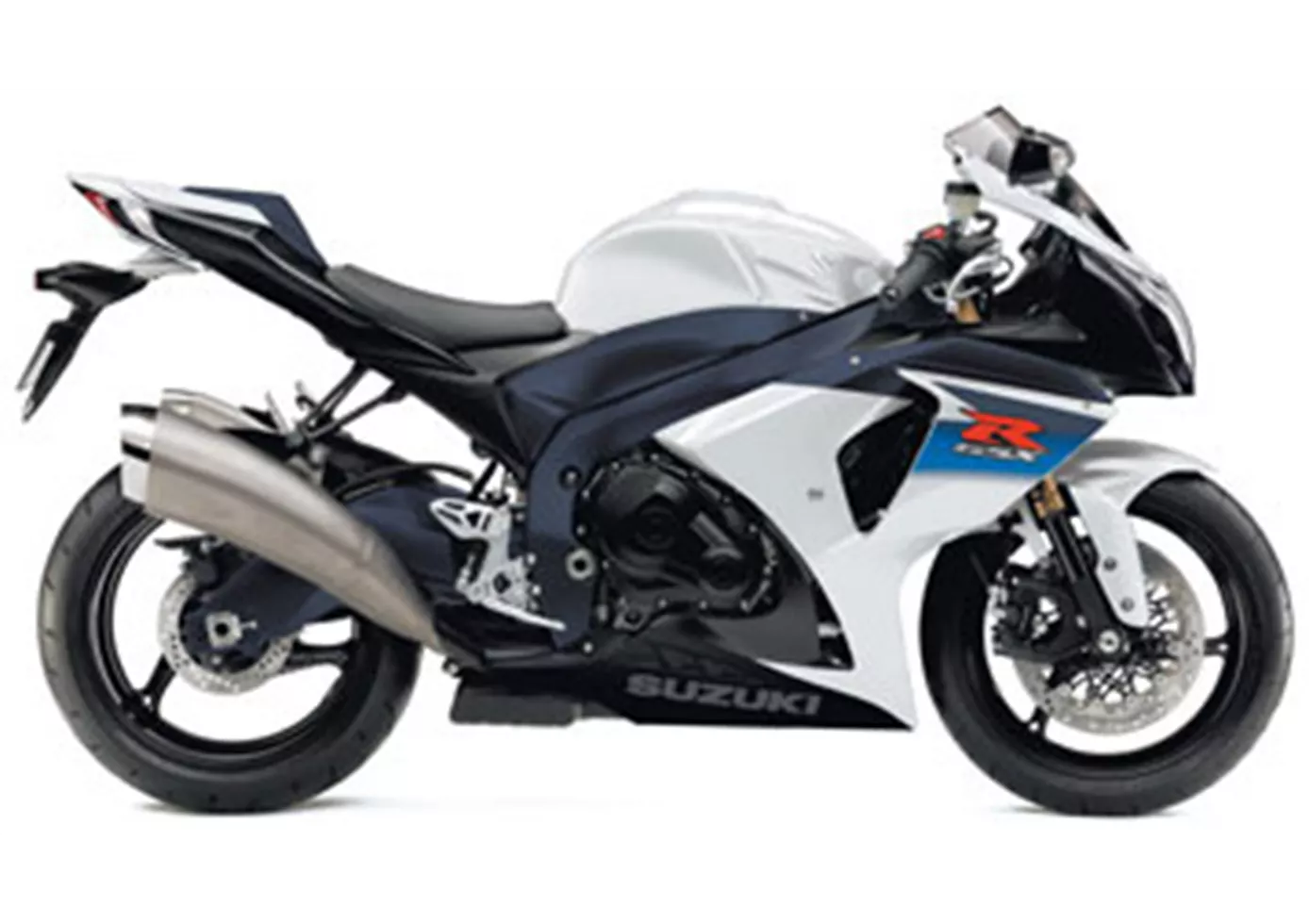
Motor potěší každého testovacího pilota svým úžasně lineárním průběhem výkonu. Tuto charakteristiku kazí v honbě za sekundami příliš měkce naladěný podvozek.
Price Comparison Avarage Market Price BMW S 1000 RR vs Suzuki GSX-R 1000
There are a few key differences between a BMW S 1000 RR 2010 and a Suzuki GSX-R 1000 2010. There are the same number of bikes of both models available on the 1000PS.de marketplace, specifically 6. It takes less time to sell a BMW S 1000 RR with 52 days compared to 69 days for a Suzuki GSX-R 1000. Since model year 2010 1000PS.de editors have written 135 reviews for the BMW S 1000 RR and 71 reviews for the Suzuki GSX-R 1000 since model year 2005. The first review for the BMW S 1000 RR was published on 4/16/2008 and now has more than 4,000 views. This compares to more than 7,100 views for the first review on Suzuki GSX-R 1000 published on 3/3/2004.
